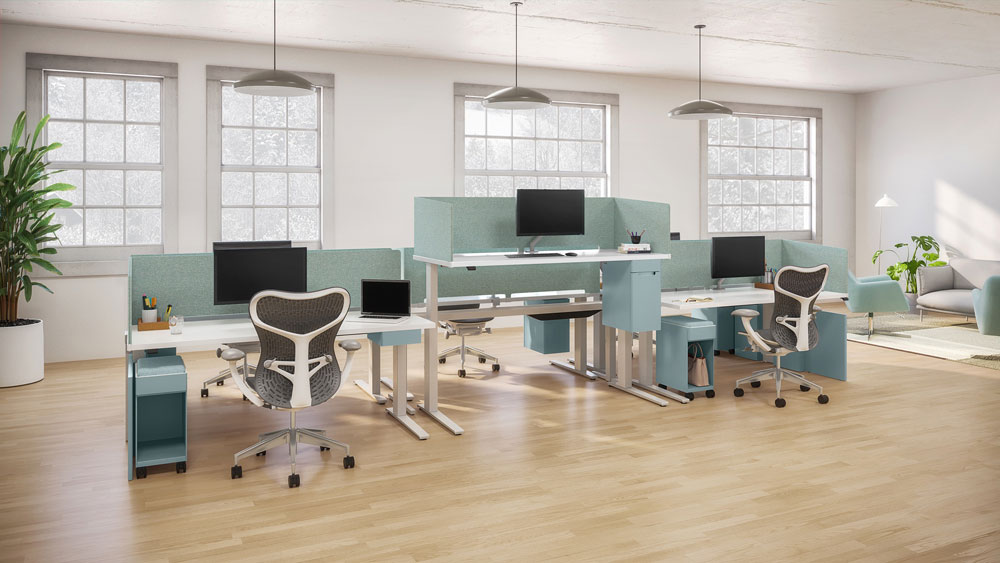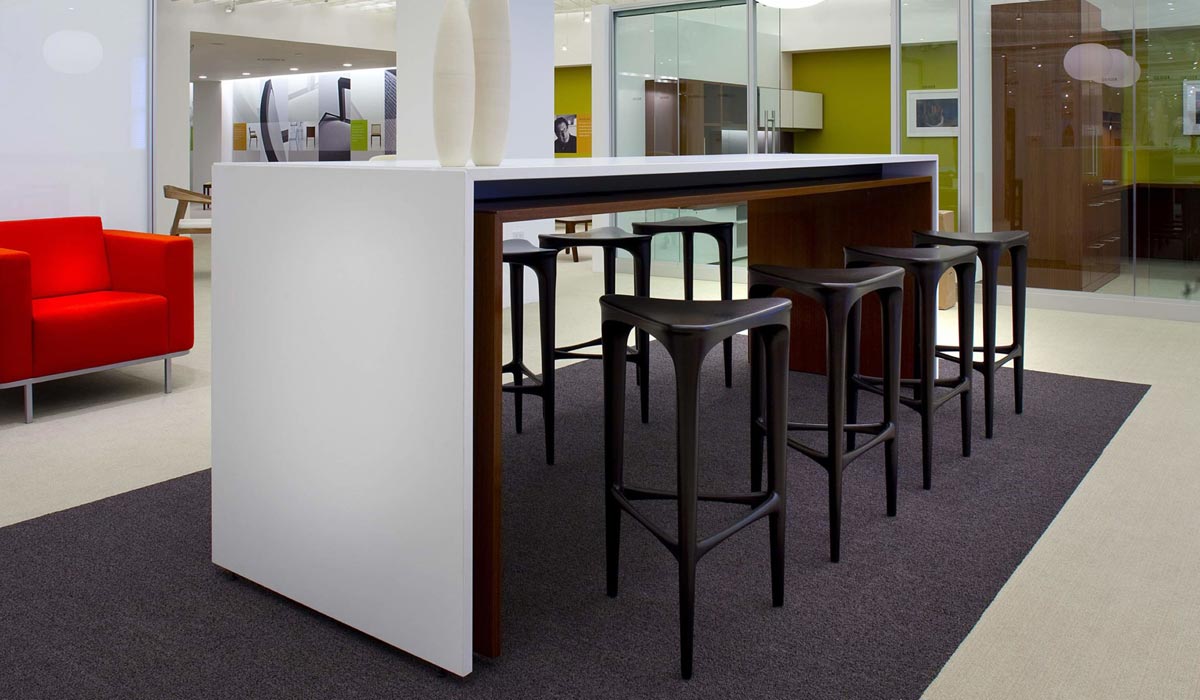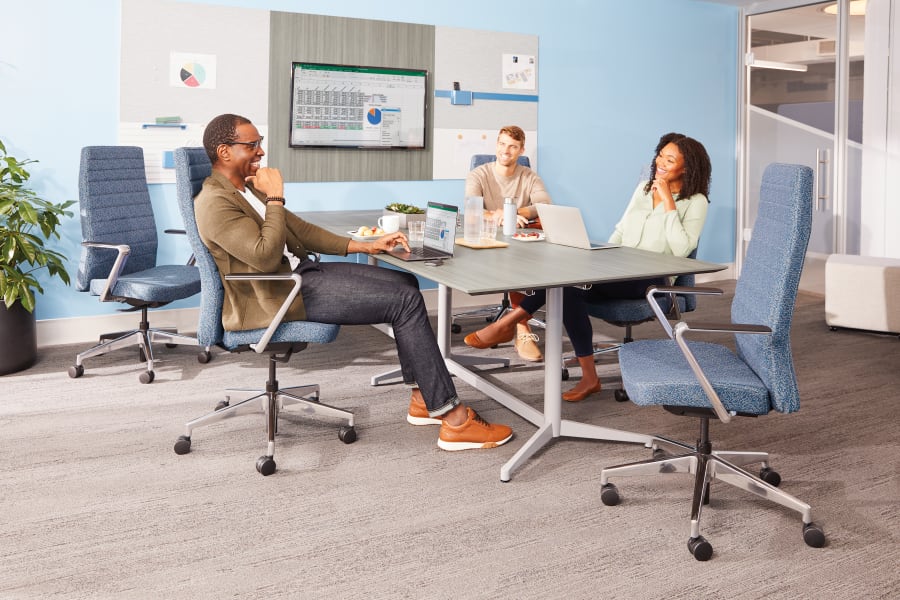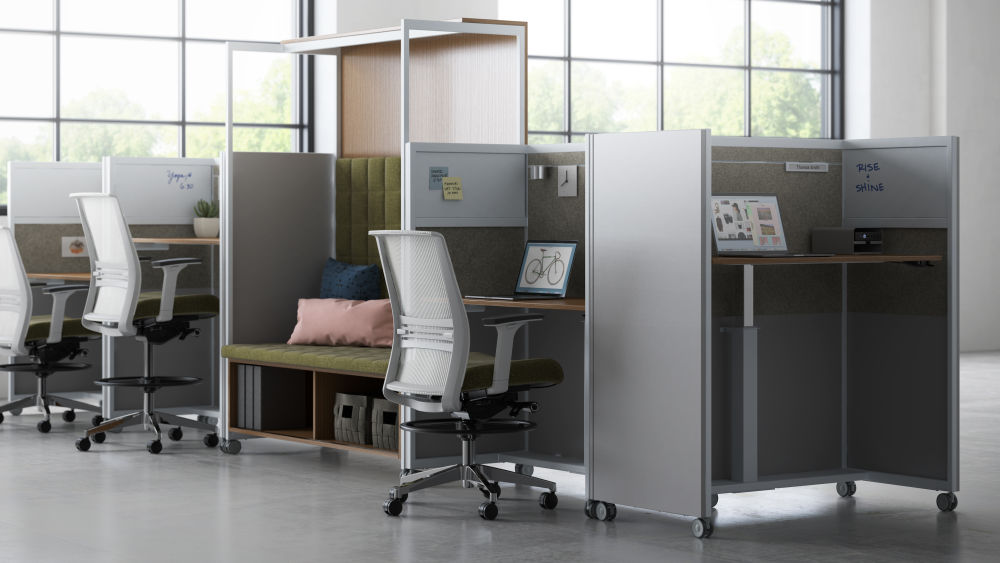5 Ways to Optimize Your Workplace for Changing Needs
April 19, 2023
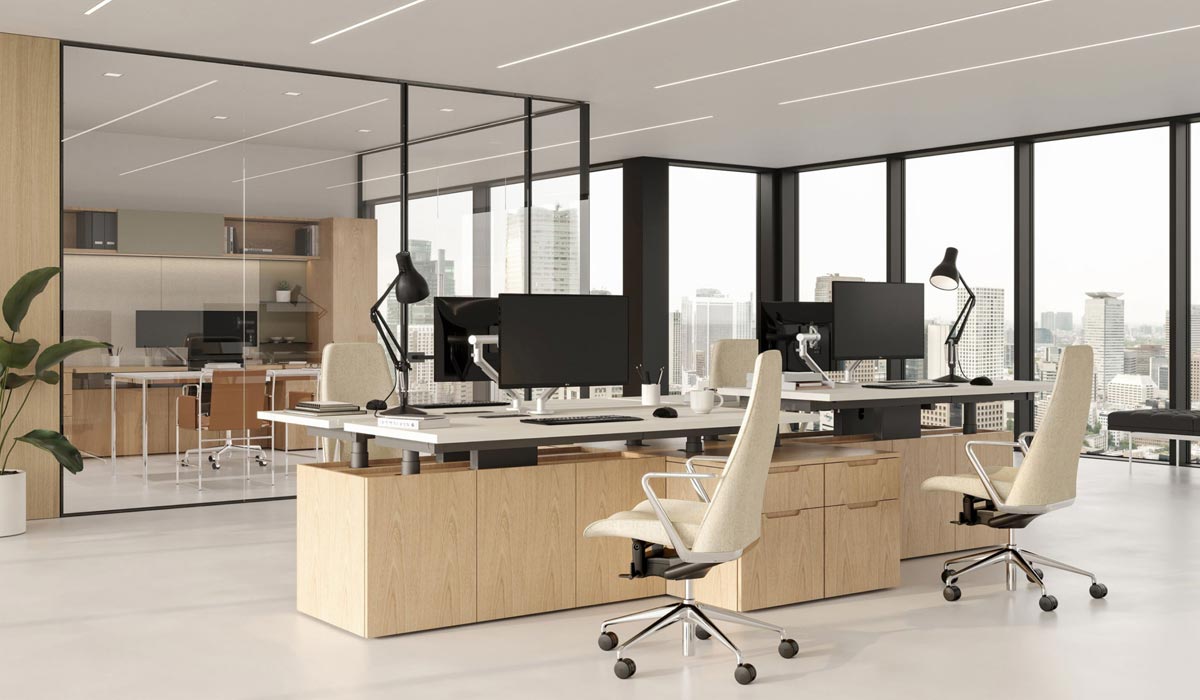
Workplace design plays a crucial role in creating an environment that fosters productivity, collaboration, and well-being. As workspaces continue to evolve, it's important to optimize workplace design to adapt to changing needs. Adaptability is a vital piece of the business puzzle, and this is no different when it comes to design.
How to Adapt to Your Office Needs
Here are five ways to adapt to the ever-changing flow:
1. Flexible Layouts: One key approach to optimizing workplace design is by creating flexible layouts that can easily adapt to the needs of your various employees. This can be achieved by using modular furniture that can be rearranged or reconfigured based on the requirements of the team or the task at hand. For example, having movable desks, chairs, and partitions can allow for quick reconfiguration of workstations for individual work, group work, or collaborative meetings. This flexibility enables employees to easily adapt their work environment to suit their needs, leading to increased productivity and creativity.
2. Multi-functional Spaces: Another effective strategy for workplace optimization is the use of multi-functional spaces. These spaces can serve multiple purposes and be easily converted as needed. For instance, a conference room can also be used as a training room, a meditation space, or a quiet work area. Similarly, a breakout area can be designed to accommodate team meetings, brainstorming sessions, or even social gatherings. Multi-functional spaces maximize the utilization of space and provide versatility in catering to changing needs, making the workplace more adaptable and efficient.
3. Technology Integration: Technology is a vital component of modern workplaces, and integrating it seamlessly into workplace design can greatly enhance productivity and collaboration. For instance, providing ample power outlets, Wi-Fi connectivity, and other essential tech infrastructure can ensure employees have easy access to the tools they need to work efficiently. Additionally, incorporating technology-driven solutions such as smart lighting, automated temperature controls, and collaboration tools can enhance the overall workplace experience, making it conducive to changing work requirements.
4. Well-being and Ergonomics: Employee well-being is a critical factor in optimizing workplace design. Providing ergonomic furniture, such as adjustable chairs and standing desks, can help reduce discomfort and promote better posture, leading to improved health and productivity. Designing spaces that provide access to natural light, proper ventilation, and greenery can also contribute to employee well-being, reducing stress and boosting morale. Additionally, creating designated spaces for relaxation, mindfulness, or physical activity can further support employee well-being and promote a healthy work-life balance.
5. Employee Involvement: Involving employees in the workplace design process can be a valuable approach to optimizing the workplace. Employees are the end users of the workspace, and their input can provide valuable insights into their changing needs. Conducting surveys, focus groups, or workshops to gather feedback on preferences, work habits, and pain points can help inform design decisions. Involving employees in the decision-making process not only empowers them but also leads to a sense of ownership and satisfaction with the workspace, enhancing their engagement and productivity.
Optimal Adaptation
Hybrid workspaces are becoming increasingly popular, and companies must optimize their office design to accommodate this shift in work culture. By prioritizing ergonomics, maximizing space, improving acoustics, integrating technology, and embracing natural light, companies can create a workspace that promotes employee well-being, productivity, and engagement just as much in the office as an employee might find at home. So, if you’re looking to update your office design for hybrid work, consider these five tips from the workplace design experts at PURE Workplace Solutions to create a functional, comfortable, and collaborative workspace for your employees.
